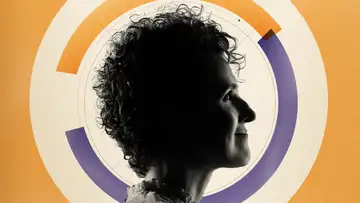A Sneaky Way of Solving Florida's Python ProblemTop of Mind with Julie Rose • Season 1, Episode 814, Segment 6
May 17, 2018 • 12m
(Originally aired 2/14/18)
Guest: M. Rockwell Parker, PhD, Assistant Professor of Biology, James Madison University
How do you catch a 20-foot long, 200-pound, alligator-eatin’ python? Or should you just run? Probably a good idea, but Burmese Pythons are a major problem in the Florida Everglades and they’re really tricky to catch. So a wily biologist named Rocky Parker has a tricky solution he’s hoping will work.